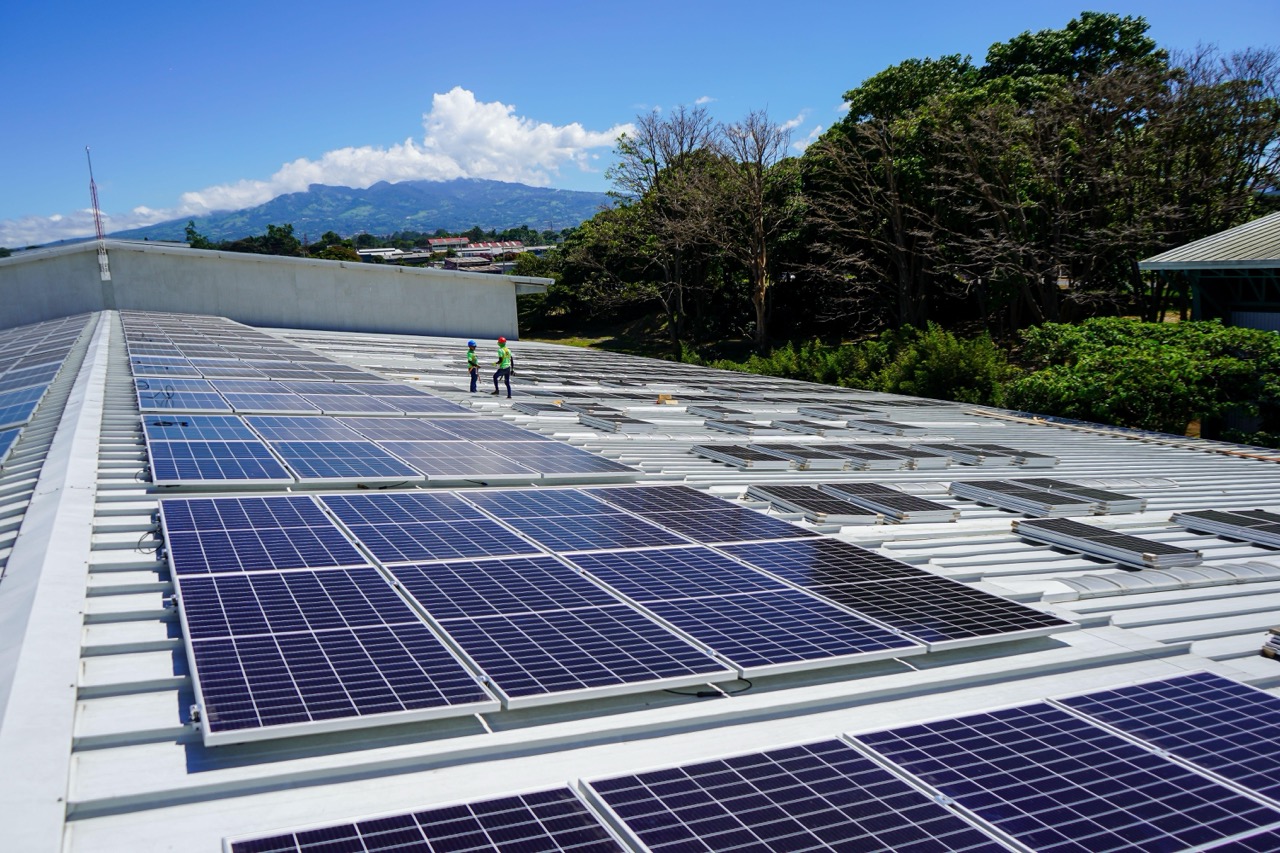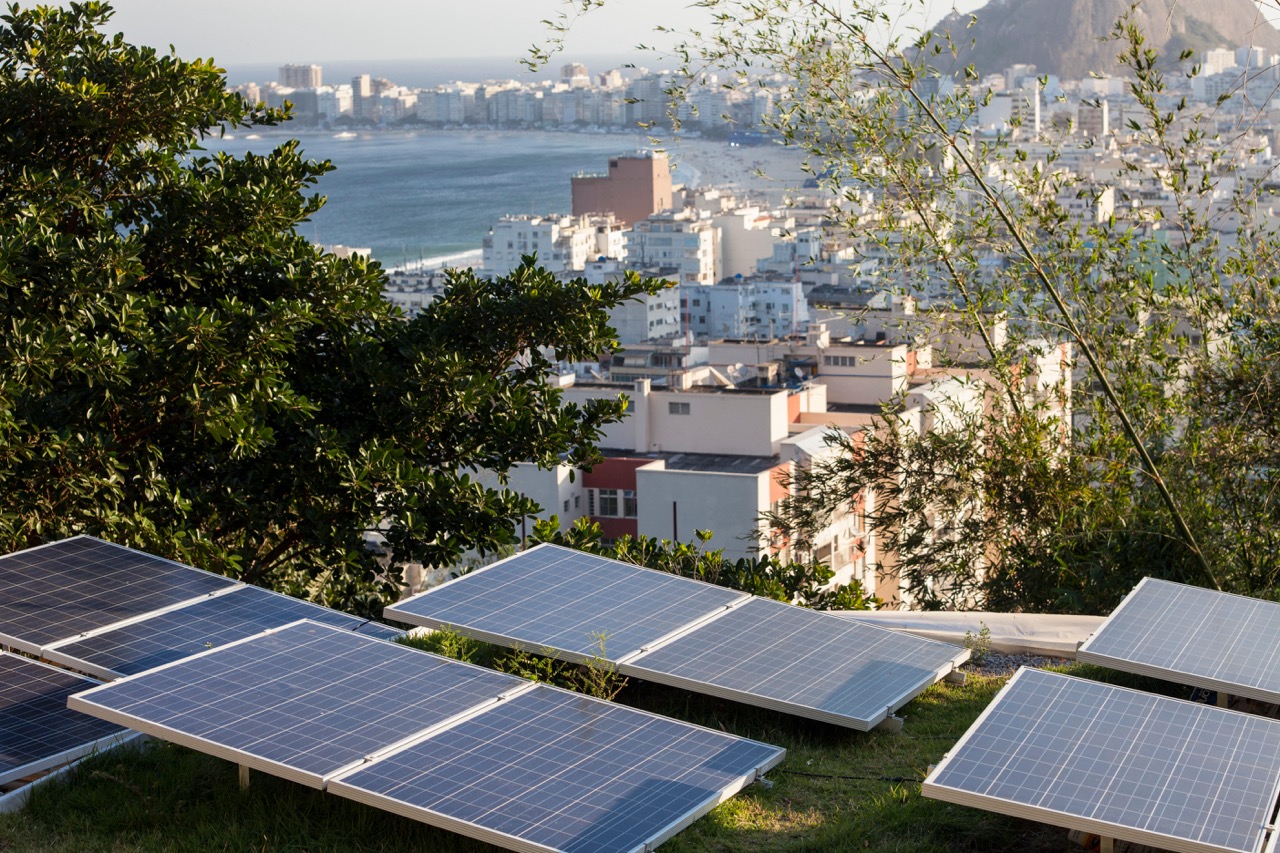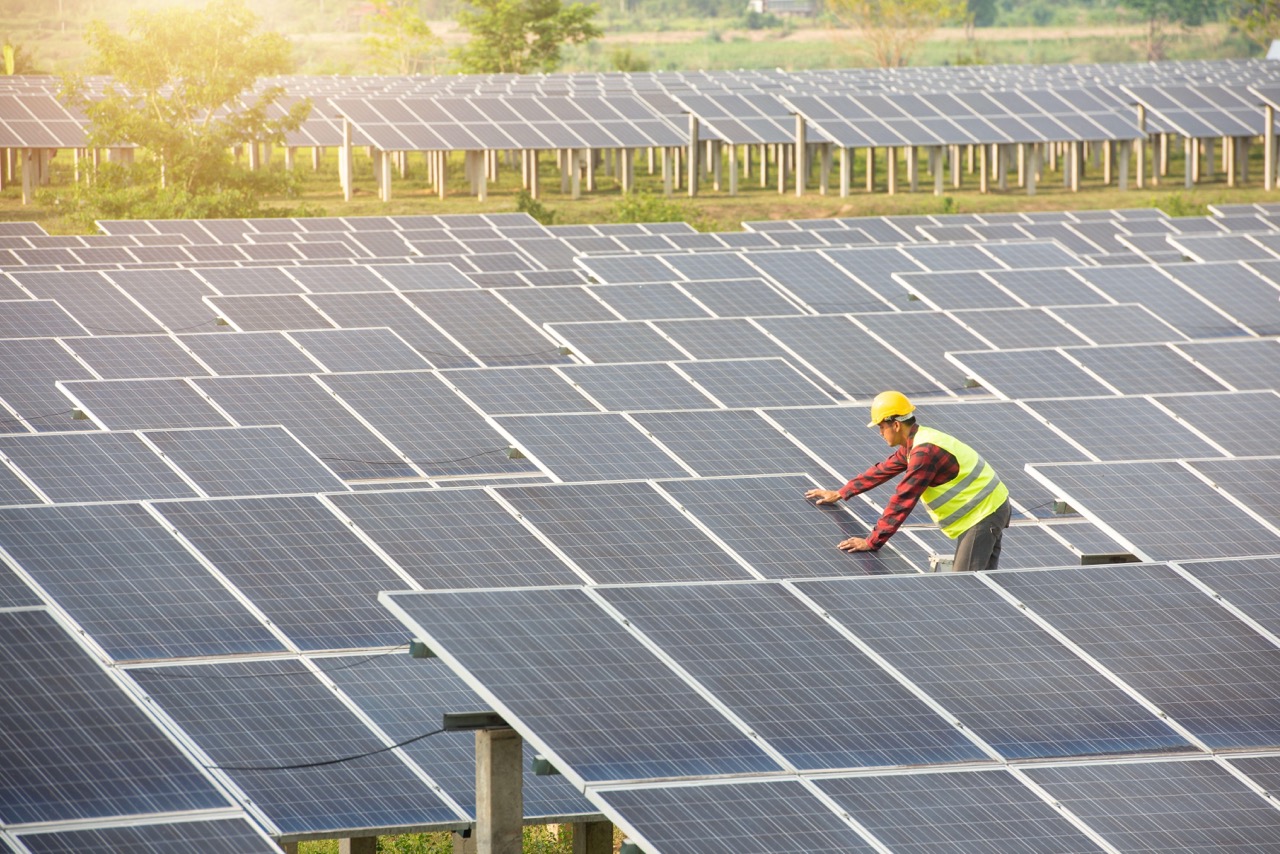
Latin America and Caribbean
Clean power replacing emissions-intensive fossil fuels
Anchor point: Overview
Highlights
64% of Latin America and Caribbean’s electricity was generated from clean sources last year, above the global average of 39%.
Latin America and the Caribbean generated 64% of its electricity from clean sources in 2023, well above the global average of 39%. The region’s wind and solar share (14%) was above the global average (13%), while hydro (43%) continued to provide the bulk of the region’s clean power.
In the region, Uruguay (39%) and Chile (32%) have the highest shares of wind and solar. In 2023, Brazil added 36 TWh of wind and solar, accounting for 78% of the wind and solar growth in the region and 7% of total global growth.
In 2023, fossil fuels provided 36% of the region’s electricity, down from 47% in 2015. This makes the region’s electricity less fossil fuel-intensive than the global average, with a lower carbon intensity (259 gCO2 per kWh in 2023, compared to the global average of 480 gCO2/kWh).
Due to its growing base of wind and solar, large hydro resources and lower demand growth, Latin America and the Caribbean has not developed a dependency on coal in the way that Asia has. Coal provided just 5% of the region’s electricity in 2023. There are relatively small amounts of coal power in Mexico, Brazil, Colombia and the Dominican Republic, and there are almost no new coal power plants planned. While 24% of the region’s electricity is still generated by fossil gas, which is slightly higher than the global average (23%), the share of gas is at its lowest since 2011, following two consecutive years of decline.
Electricity demand is growing faster than the global average, at +4.3% in 2023, compared to the global average of +2.2%, though per capita electricity consumption remains below the global average, at 2.8 MWh in 2023, compared to the global average of 3.7 MWh.
Continuing to scale clean power – particularly wind and solar – to keep pace with growing demand will be crucial for Latin America and the Caribbean to continue reducing emissions. Further investment in gas infrastructure risks locking in emissions and capital for decades to come.
Anchor point: Data
Anchor point: Insights

